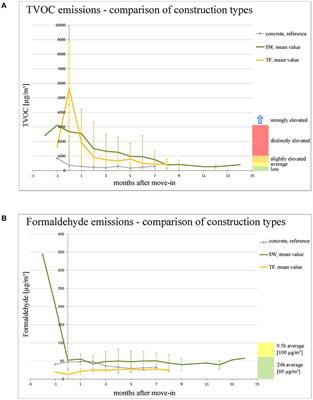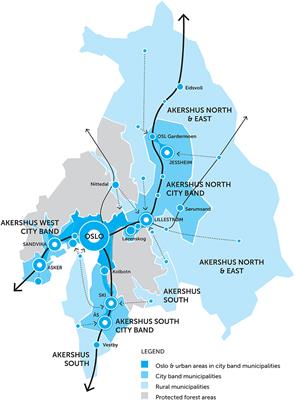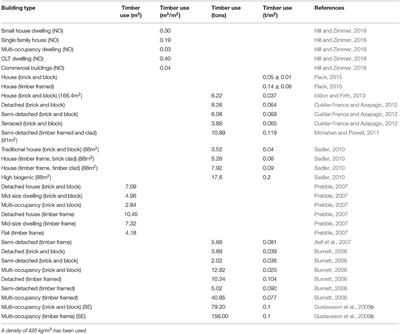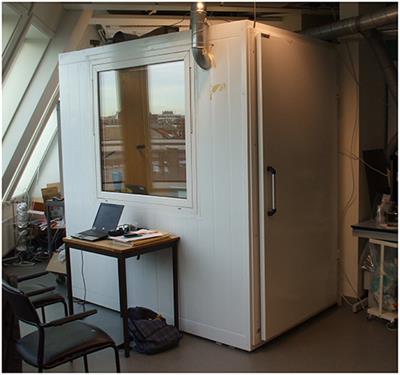BRIEF RESEARCH REPORT
Published on 22 Jan 2020
Living Conditions in Timber Houses: Emission Trends and Indoor Air Quality

doi 10.3389/fbuil.2019.00151
- 3,896 views
- 10 citations
6,699
Total downloads
63k
Total views and downloads
BRIEF RESEARCH REPORT
Published on 22 Jan 2020

ORIGINAL RESEARCH
Published on 22 Nov 2019

REVIEW
Published on 25 Oct 2019

ORIGINAL RESEARCH
Published on 12 Sep 2019

ORIGINAL RESEARCH
Published on 28 May 2019

ORIGINAL RESEARCH
Published on 11 Sep 2018
